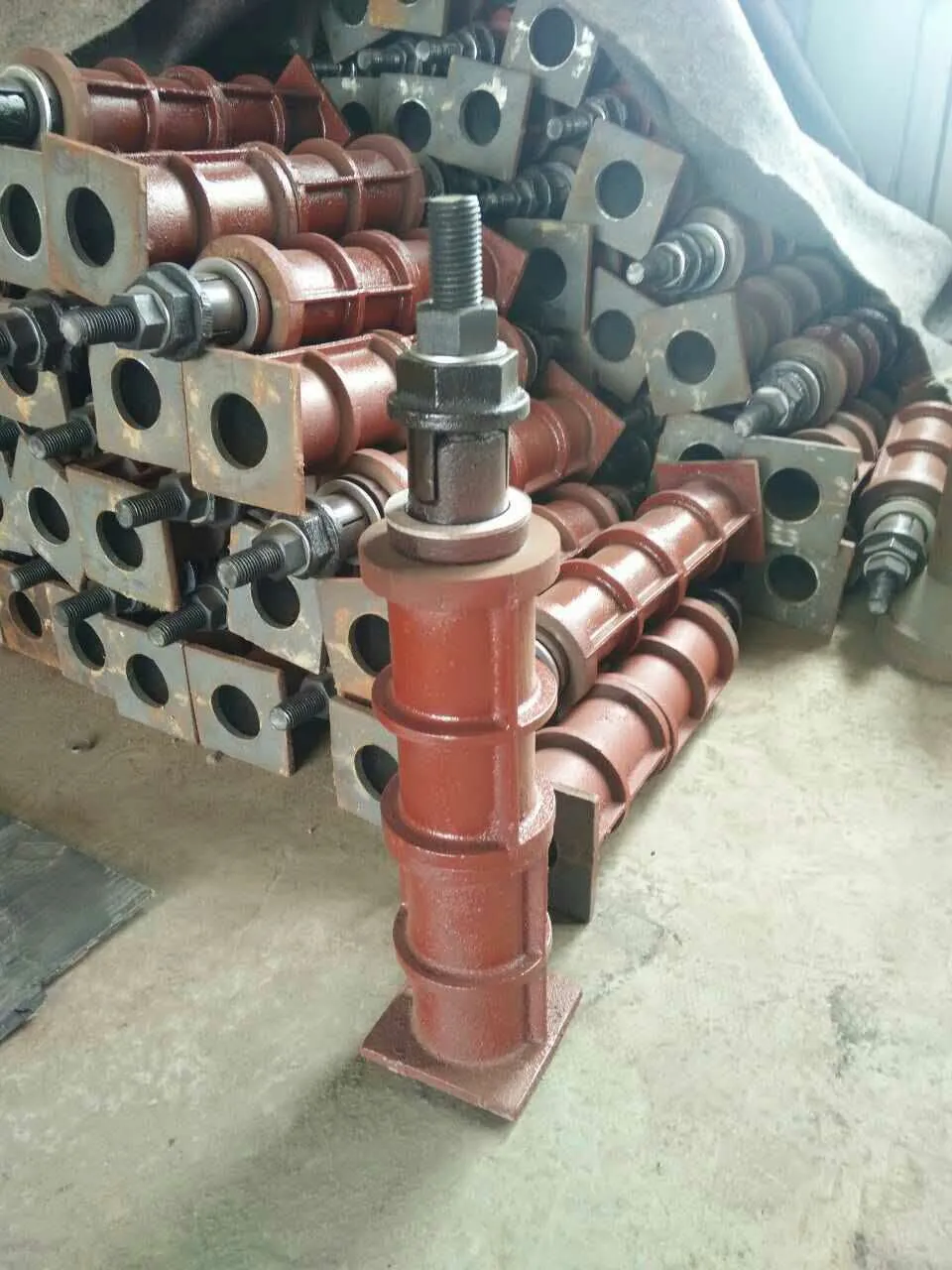Nov . 26, 2024 23:09 Back to list
Y-type Strainer Valve Design and Applications in Fluid Management Systems
Understanding Y-Type Strainer Valves A Comprehensive Overview
In various industrial and commercial applications, maintaining the integrity of fluid systems is paramount. One of the essential components that play a vital role in safeguarding these systems is the Y-type strainer valve. This article delves into the intricacies of Y-type strainer valves, their functionalities, advantages, and applications, providing a comprehensive understanding of their significance in fluid management.
What is a Y-Type Strainer Valve?
A Y-type strainer valve, also known simply as a Y-strainer, is a device designed to filter out unwanted impurities and debris from a fluid system. Its distinctive Y-shaped configuration allows for efficient filtration while minimizing pressure loss. Located in pipelines, these strainers protect valuable machinery and components from damage caused by particulate matter, ensuring smooth and reliable operation.
Structure and Design
The design of a Y-type strainer typically includes a body, a strainer element, and two inlet/outlet ports arranged in a Y-shape. The body is usually made of durable materials like stainless steel or cast iron, allowing it to withstand harsh environments and high pressure. The strainer element, which can be made of mesh or perforated material, captures and retains particles as fluid flows through it.
One of the key features of the Y-type strainer is its easy accessibility. The strainer element can be removed and cleaned or replaced without disrupting the fluid flow system. This maintenance-friendly design makes the Y-strainer a popular choice among engineers and maintenance professionals.
Functionality and Benefits
Y-type strainers serve several key functions, the primary being the prevention of solids from entering and damaging downstream equipment, such as pumps, valves, and heat exchangers. By filtering out debris, they help maintain system efficiency and prolong equipment life.
The advantages of using Y-type strainers include
y type strainer valve

1. Efficient Filtration Y-strainers can effectively filter out various contaminants, including sand, dirt, and rust, thereby securing the integrity of the fluid system.
2. Minimal Pressure Drop Due to their streamlined design, Y-type strainers tend to have a lower pressure drop compared to other filter types. This characteristic helps in maintaining optimal flow rates and reducing energy costs.
3. Versatile Applications These strainers are suitable for a wide range of applications across different industries, including water treatment, chemical processing, HVAC systems, and oil & gas. They can be used for both liquid and gas filtration, making them highly versatile.
4. Simple Maintenance As mentioned earlier, the ability to easily access the strainer element for cleaning or replacement simplifies maintenance routines, saving both time and money.
5. Customizable Options Y-type strainers come in various sizes, materials, and filtration degrees, allowing for customization based on specific system requirements.
Applications of Y-Type Strainer Valves
The versatility of Y-type strainers makes them suitable for numerous applications. In water treatment facilities, they prevent contaminants from damaging pumps and other equipment. In chemical processing, they ensure that pure substances are maintained by filtering out impurities. HVAC systems utilize Y-strainers to protect coils and pumps from debris, while the oil and gas industry employs them to safeguard critical infrastructure from particulate damage.
Conclusion
Y-type strainer valves play a crucial role in the efficiency and longevity of fluid systems in various industries. Their effective filtering capabilities, combined with easy maintenance and versatility, make them indispensable components in managing fluid flow. Whether you are involved in water treatment, chemical processing, or any other industry reliant on fluid systems, understanding and utilizing Y-type strainers will ultimately lead to enhanced operational reliability and reduced downtime. As technology evolves, these strainers will continue to adapt and improve, securing their place as a fundamental aspect of modern fluid management solutions.
-
thread-plug-gauge-our-promise-of-measurement-excellenceNewsAug.22,2025
-
gauge-pin-class-reflecting-quality-legacyNewsAug.22,2025
-
check-valve-types-for-high-rise-buildingsNewsAug.22,2025
-
water-control-valve-for-irrigation-systemsNewsAug.22,2025
-
gate-valve-with-soft-seal-technologyNewsAug.22,2025
-
y-type-strainer-for-oil-and-gas-applicationsNewsAug.22,2025
Related PRODUCTS









